The NEMA 14-50 outlet (receptacle) has had quite a resurgence over the past few years thanks to EV chargers. When installing an EV charger, one can often elect to hardwire the unit or have a NEMA 14-50 outlet installed that the charger will plug in to. I’m going to explain exactly what a NEMA 14-50 is, and tell you everything you need to know in as few words as possible. Lets dig in!
What is it?
Real short version: A NEMA 14-50 is a 50 Ampere (A), 240 volt (v) rated receptacle that accepts four wires. It’s used mostly for EV chargers, electric ranges, and RV shore power. It is a specific configuration of the prongs as well as a specific amperage (50A).
NEMA, short for National Electrical Manufacturers Association, is a trade organization that sets standards for electrical equipment. Formed in 1926, they set standards and have nomenclature that describes configurations of receptacles. When “NEMA 14-50” is referred to, it is not a specific brand of product but a specific configuration of the receptacle. The NEMA 14-50 configuration provides 50A at 240V with a neutral conductor and a ground. In electrician speak that means it supports two ungrounded phases, one grounded conductor, and one grounding conductor. Here’s what it looks like:

Not All NEMA 14-50 Outlets Are The Same
Now that we know “NEMA 14-50” is simply the configuration for the receptacle, it’s time to explore the different styles. Off the top of my head we have 3 styles:
1. Flush Mount: These mount in a recessed box in the wall. Most commonly used for EV Charger installs as well as range receptacles in a new construction home. The above image is a flush mount style.
2. Surface Mount: These sit on the outside of the wall and are typically found installed where a range is replaced and the wiring brought up to code. As far as I know at the time of writing this, people do not install this style for EV chargers.
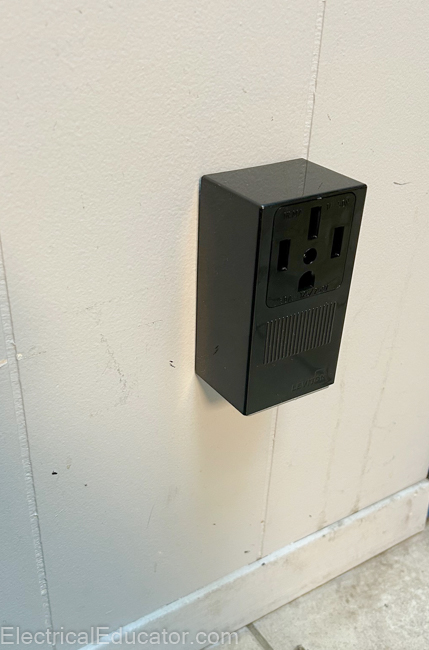
3. Outdoor: These live in an outdoor rated enclosure that has provisions for holding the plug and cord and keeping it dry. They are usually found in RV parks and sometimes used for EV charger installs. Here’s a picture of what this type looks like. Hint: it’s the black box, the receptacle is inside.
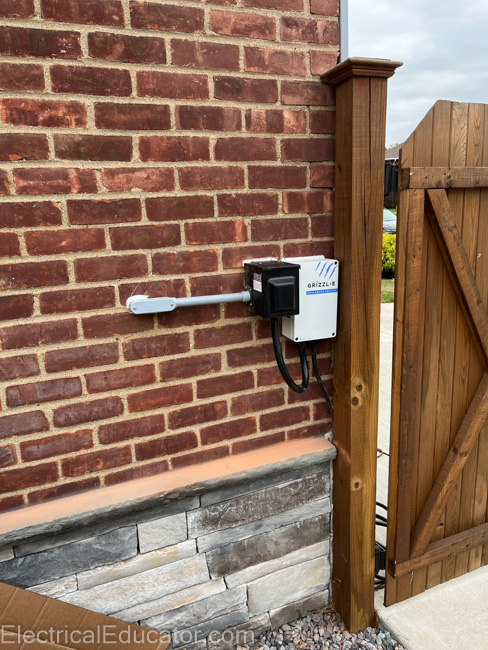
What Does the NEMA 14-50 Look Like?
In this spirit of being concise, here is an image I created of the configuration of a 14-50. The plug will have the same configuration. To reiterate, there is NO other receptacle outlet or plug with this configuration. If you see this, you have a 14-50. Hopefully this helps you identify the plug or outlet!
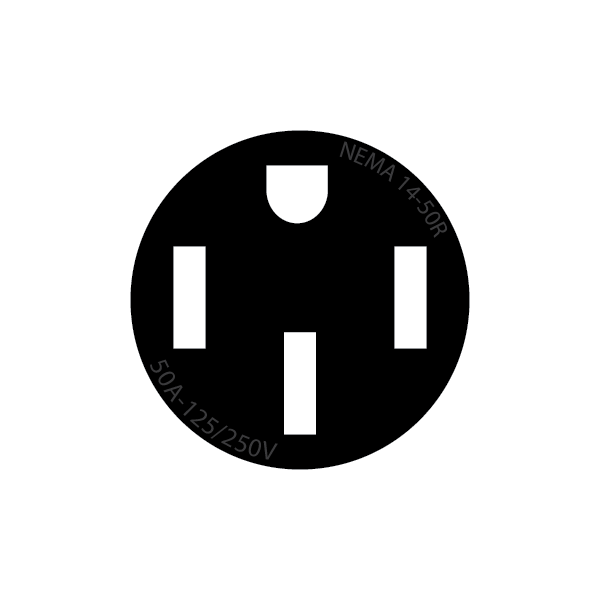
Common Issues
I’m going to put together another article within the next few weeks on issues related to the plugs and receptacles burning up. I spoke to Leviton and the general consensus is that the receptacles are not being installed correctly. Additionally, EV chargers draw a load for a longer period of time than a normal appliance. Homeowners and even some electricians are not using the necessary torqueing tools. Terminals that are too loose and, yes, too tight, will fail. Leviton came out with an upgraded version for EV chargers that we will do a deep dive on. If you’re installing an EV Charger, you should probably opt for the more robust Leviton product.
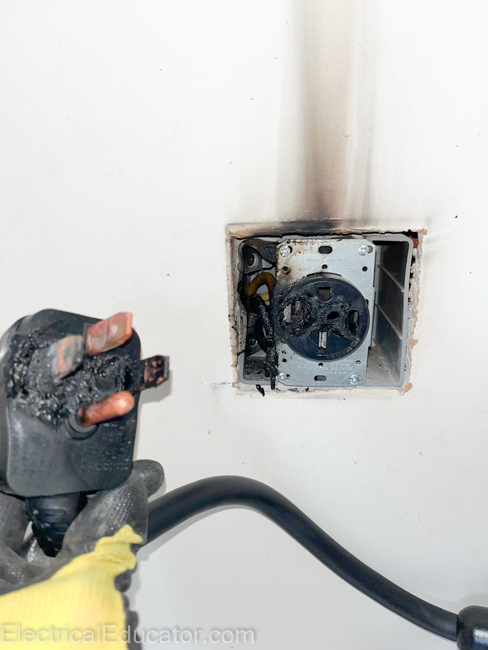
Closing Thoughts
The NEMA 14-50 has become an essential component in modern electrical setups, particularly for EV chargers, electric ranges, and RVs. I hope you now know what it is and what it looks like. Probably more than you wanted to know! Lastly, don’t forget how important it is that a licensed electrician performs the installation. And just to be safe you should be asking what type of receptacle they’re planning on installing and ensuring they torque it. For a complete list of licensed and insured electricians near you, head over to our National Electrical Registry.

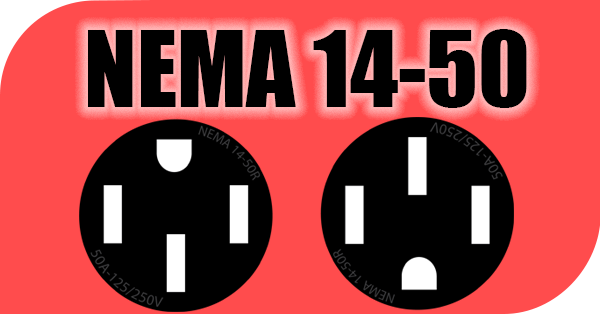
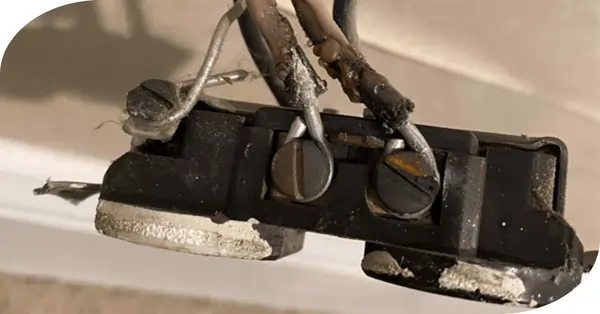
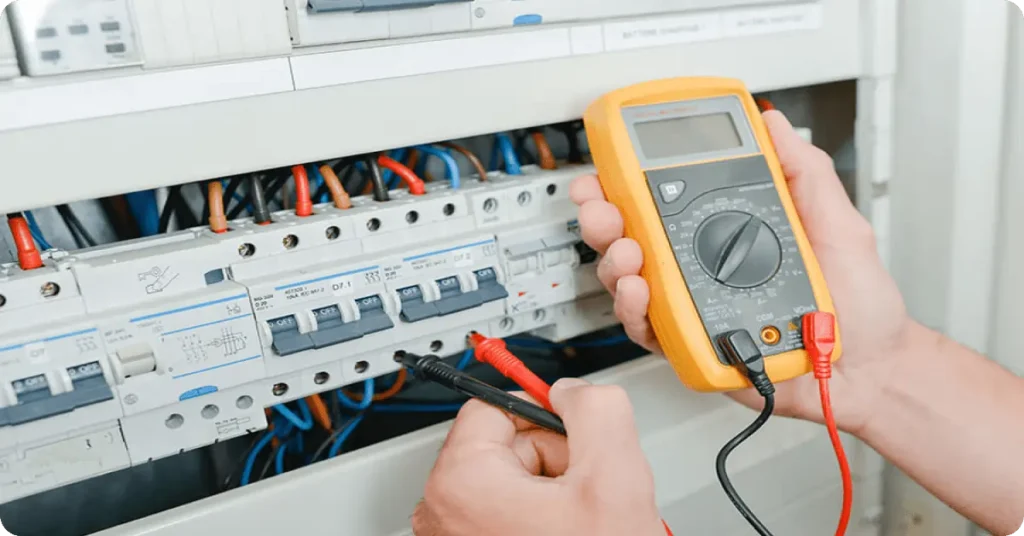
Great explanation of NEMA 14-50! Understanding electrical outlets is crucial for safe installations. Thanks for the informative read!
Thanks much guys, always appreciate feedback, glad you enjoyed it!
Pingback: New Leviton 14-50 EV Variant -
I had an electrician come out to do an install (about a year ago)—He said I could hard wire and draw 48A. OR could use a receptacle but that would only be rated for 40 or 43 A. Any idea what that was about????
Hey Steve, that’s a great question. That doesn’t make sense to me unless there are more pieces of the puzzle that he didn’t explain. He may have had experiences with the receptacles melting and so wanted to dull it down if that was an option in the charger. Either way you would need a #6AWG copper conductor or bigger so it’s nothing on that end. Feel free to reach out if you have any more questions!
80% on a breaker is all you want to put on the branch circuit.
A 50a breaker and outlet at 80% is 40amps.
Otherwise the breaker runs “hot” and can prematurely trip, and the outlet can overheat due to excessive current.
There is an electrical code for any “continuous loads” branch circuits to “upped” to 125% but it’s a way of looking at the same thing backwards.
Thanks Bobby, that’s exactly correct. Thanks for taking the time to read my article and sharing a comment! I actually explain how derating works in an article on the Leviton 14-50 Variants. This is one of those things that separates licensed electricians from the DIY folk. Thanks again!
Great article, Q & A also. Thanks
Thanks much Ken!